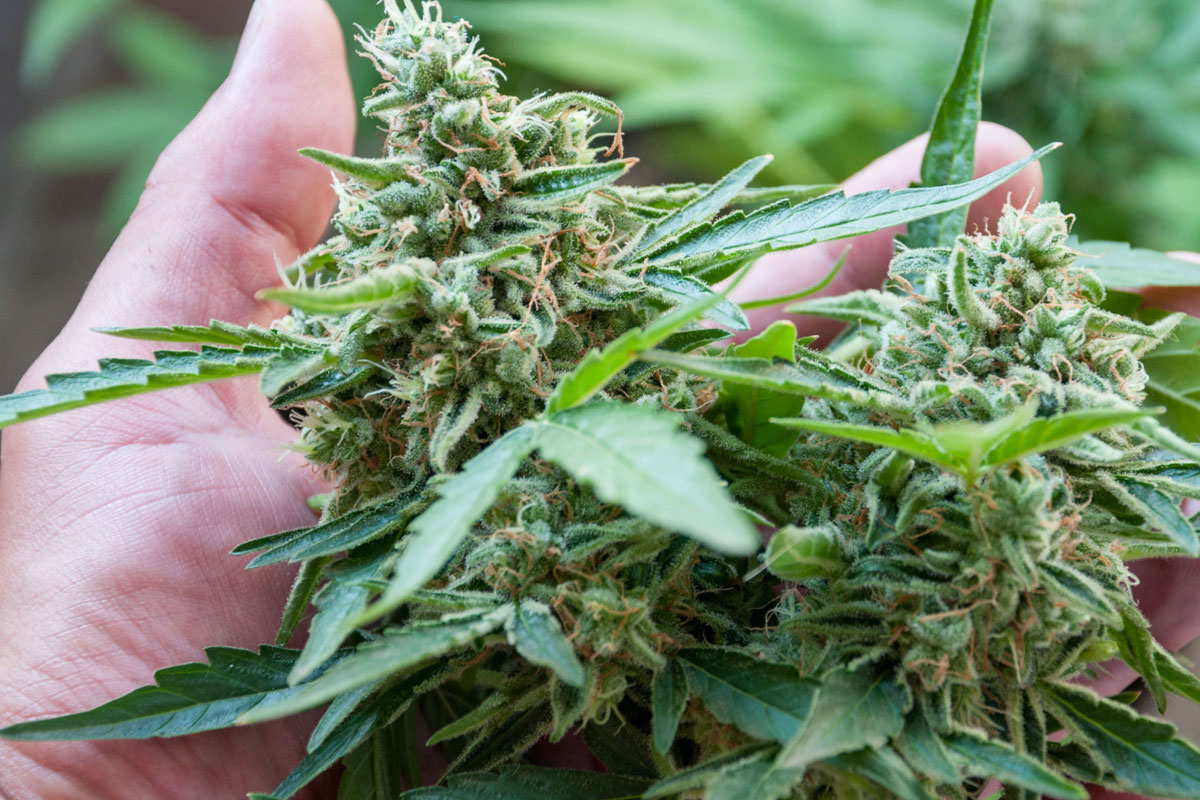Tracing the Ancient history of Cannabis: New Research Reshapes Its Origin Story

Tracing the Fascinating Ancient history of Cannabis
The ancient history of cannabis dates back thousands of years, with its earliest recorded use found in ancient China around 2700 BCE. Used for medicinal, spiritual, and practical purposes, cannabis played a significant role in various ancient civilizations, including Egypt, India, and Mesopotamia. Archaeological evidence reveals that the plant was cultivated for its fibers to make textiles and ropes, as well as for its psychoactive properties in religious and healing rituals. This long-standing cultural and medicinal use highlights cannabis as a significant element in human history.
For years, scientists believed that modern cannabis evolved millions of years ago in Central Asia, specifically on the Tibetan Plateau, based on the analysis of ancient pollen. However, new genetic research now suggests a different narrative—one that places the ancient history of cannabis in East Asia, around 12,000 years ago.
Published in the journal Science Advances, this groundbreaking study used whole-genome resequencing of 110 cannabis varieties, including both hemp and drug-type strains from across the globe, to uncover the true ancient history of cannabis.
Cannabis Domesticated in East Asia, Not Central Asia

The study offers a more refined understanding of how cannabis evolved and how its diverse uses—both industrial and recreational—developed early in human civilization.
Behind the Research: Genomic Data from Around the World
Led by Dr. Ren Guangpeng of Lanzhou University, the research team combined 28 previously sequenced genomes with 82 new samples collected from wild cannabis plants, traditional landraces, historical cultivars, and modern hybrids. These included:
- Wild-growing feral cannabis plants
- Strains from Europe and the Americas bred for high THC content
- Landraces believed to originate in Central and East Asia
The team partnered with the University of Lausanne in Switzerland, where researchers extracted genomic DNA and conducted sequencing. By reanalyzing existing data and integrating new samples, they created one of the most comprehensive genetic maps of cannabis to date.
Four Genetic Cannabis Groups Identified
The study’s findings revealed four distinct genetic groups:
- Hemp-type strains – bred primarily for fiber and CBD production
- Drug-type strains – cultivated for THC-rich psychoactive effects
- Drug-type feral strains – escaped cultivars adapting to wild conditions
- Basal cannabis strains – ancestral cannabis types found mostly in northern China
These Basal strains were described as genetic “sisters” to all modern cannabis, consisting mainly of feral and landrace plants. This group appears to be the closest living relative of the original cannabis gene pool from which all later hemp and marijuana strains evolved.
In their paper, the researchers stated:
“Contrary to a widely accepted view, which associates Cannabis with a Central Asian center of crop domestication, our results are consistent with a single domestication origin in East Asia, in line with early archaeological evidence.”
Archaeological Evidence Supports Early Domestication Timeline
To support their genetic findings, the researchers referenced cord-impressed pottery from Taiwan dating back 12,000 years and pottery-associated cannabis seeds found in Japan around 10,000 years ago. These archaeological clues align with the study’s timeline, suggesting that cannabis played a significant role in Neolithic society, possibly even earlier than previously believed.
The researchers noted that while the wild ancestors of cannabis may now be extinct, further sampling in feral populations across East and Central Asia may provide additional insights into early domestication.
What Does This Mean for Cannabis History?
Beyond mapping genetic history, the study also examined two critical cannabinoid-producing genes:
- THCAS (Tetrahydrocannabinolic acid synthase) – responsible for THC production
- CBDAS (Cannabidiolic acid synthase) – responsible for CBD production
Their analysis revealed that drug-type strains predominantly contained full sequences for THCAS and inactive (pseudogene) versions of CBDAS. In contrast, hemp strains mostly had active CBDAS and lacked full THCAS sequences.
Interestingly, the Basal cannabis strains—those closest to the original domesticated cannabis—showed greater variability in both genes. This suggests that early cannabis domestication was not one-dimensional, but rather involved selective breeding for both psychoactive effects and fiber production.
A Shift in Understanding Early Human Priorities
This research challenges the long-held belief that early human agricultural efforts focused solely on food crops. As Dr. Michael Purugganan, a biology professor at New York University (not affiliated with the study), told The New York Times:
“The suggestion that even early on they were also very concerned with fiber and even intoxicants is interesting. It would bring to question what were the priorities of these Neolithic societies.”
He added a note of skepticism regarding the timeline, pointing out that consistent archaeological evidence of cannabis use for fiber or intoxication doesn’t appear until about 7,500 years ago. Still, he acknowledged the significance of the study and welcomed further research with broader sampling.
Implications for Cannabis Breeding and Research
This genomic research not only rewrites our understanding of cannabis domestication but also opens new doors for modern cannabis breeding. By identifying the genetic signatures of early cannabis, scientists can:
- Develop new strains with more targeted cannabinoid profiles
- Preserve the genetic diversity of landraces and feral cannabis
- Improve the therapeutic and agricultural potential of cannabis
Moreover, it highlights the importance of conserving rare landraces and ancient strains before they vanish entirely.
Summary: Cannabis Originated in East Asia, Not Central Asia
In summary, this new research provides compelling evidence of ancient history of cannabis:
- Cannabis was first domesticated in East Asia, likely in Neolithic China
- The earliest domesticated cannabis had multiple uses—both as a textile fiber and intoxicant
- The Basal group of cannabis strains represents the oldest surviving gene pool
- Early Neolithic societies may have prioritized fiber and psychoactive plants alongside food crops
- These insights reshape the narrative of cannabis from a fringe crop to a core component of early agriculture
Final Thoughts
As we continue to uncover the deep ancient history of cannabis, studies like this are crucial in informing the future of legal cannabis cultivation, product development, and medical research. Understanding where cannabis came from—both geographically and genetically—helps us appreciate the plant’s role in human innovation and culture for over 12,000 years.
The ancient history of cannabis reveals a plant deeply woven into the fabric of early human civilization. From its earliest recorded uses in Neolithic China for fiber and medicine, to its ritualistic and spiritual significance in India, Egypt, and Scythian cultures, cannabis was far more than a recreational substance—it was a cornerstone of healing, agriculture, and belief systems. Its journey across continents reflects the dynamic exchange of knowledge and culture among ancient peoples. As modern societies revisit and reassess the value of cannabis, understanding its ancient roots reminds us that its role in human history is not new, but a rediscovery of a plant that has served humanity for thousands of years.
This shift in understanding also reaffirms the value of cannabis landraces and ancient genetics, which are the key to unlocking new traits, improving resistance, and refining the therapeutic value of cannabis.
